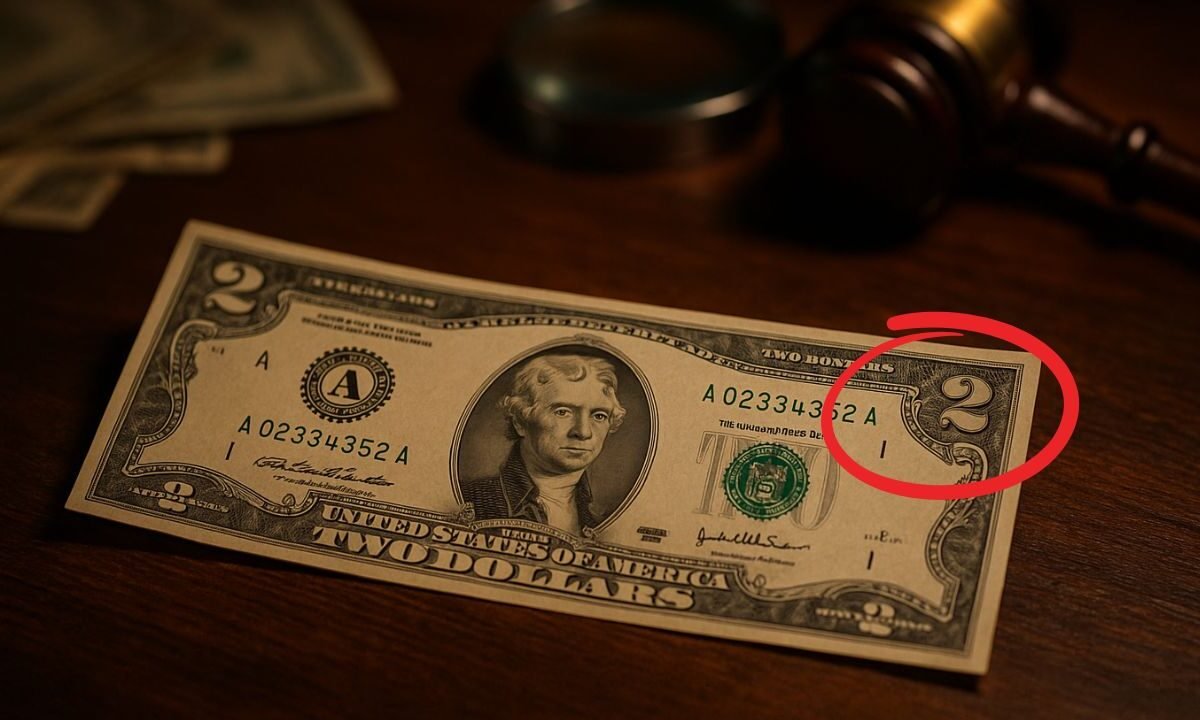The $2 bill has always been one of the most mysterious pieces of U.S. currency. While millions exist in circulation today, a small number of these notes are worth far more than their face value.
Some rare $2 bills have sold for thousands of dollars at auctions, making them a surprising treasure for collectors. But how do you know if the one in your wallet or drawer is special? Let’s break down everything you need to know about these fascinating bills.
Why the $2 Bill Stands Out
Unlike other denominations, the $2 bill is less commonly used, which already makes it feel rare. Featuring Thomas Jefferson on the front and the Declaration of Independence on the back, it has a strong historical design.
But rarity in collecting isn’t just about design—it’s about unique features, limited runs, and printing errors that set certain bills apart.
What Makes a $2 Bill Valuable?
Here are the main factors that can turn a regular $2 bill into one worth thousands:
- Serial numbers: Fancy serial numbers such as “ladder” (12345678), repeating digits, or all the same number are highly sought after.
- Star notes: Bills with a small star symbol at the end of the serial number, which indicate replacements for printing errors, are rarer than standard notes.
- Printing errors: Crooked prints, doubled images, or cut-off designs can make a bill unique and valuable.
- Older series: Notes printed decades ago, especially those with red or blue seals, are more collectible than modern green-seal versions.
- Condition: A bill in uncirculated or mint condition will always fetch higher prices than one that’s been folded and worn.
Recent Value Estimates
Depending on these factors, the value of $2 bills can range widely. Here’s a look at typical ranges:
| Type of $2 Bill | Estimated Value Range | Details |
|---|---|---|
| Common modern note | $2 – $5 | Still fun to collect, but not rare |
| Star note | $50 – $500 | More scarce, depending on year and condition |
| Ladder or fancy serial number | $500 – $5,000 | Highly collectible to currency enthusiasts |
| Printing error notes | $100 – $1,000+ | Crooked or misprinted designs |
| Older red or blue seal issues | $100 – $2,500 | Especially valuable in uncirculated condition |
| Top-tier rare examples | $10,000+ | Extremely rare, perfect-grade notes with unique features |
How to Check if Your $2 Bill Is Rare
- Look at the serial number — patterns, ladders, or repeats are worth more.
- Check for a star symbol near the serial number.
- Inspect the condition — the fewer folds and creases, the better.
- Look for errors — off-center prints or unusual markings can increase value.
- Check the series year and seal color — older bills with colored seals are more collectible.
Should You Keep or Sell?
If you believe you have a rare $2 bill:
- Do not spend it at face value.
- Consider grading services that can professionally evaluate its condition.
- Sell through collectible auctions or trusted dealers to maximize profit.
- If it’s common, it’s still a unique piece of currency that may grow in value over time.
The humble $2 bill might seem ordinary, but in some cases, it’s a hidden treasure. While most are worth little more than face value, certain bills with unique serial numbers, star notes, printing errors, or historical series can fetch hundreds, even thousands of dollars.
Whether you hold onto it as a collectible or decide to sell, examining your $2 bill closely could reveal that you’re carrying a small fortune in your pocket.
FAQs
Are all $2 bills worth more than face value?
No. Most $2 bills are only worth $2. Only those with special features, rare serial numbers, or errors are valuable.
What’s the most valuable $2 bill ever sold?
Some extremely rare $2 bills in mint condition with unique serial numbers have sold for over $20,000.
How can I tell if my $2 bill is worth money?
Check for rare serials, stars, errors, or old series years. If it has one of these traits and is in good condition, it could be valuable.

